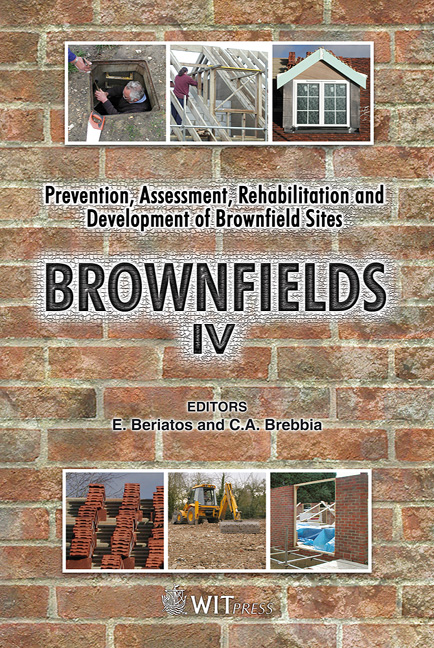Revitalizing Secondary Market Brownfield Sites
Price
Free (open access)
Transaction
Volume
107
Pages
9
Page Range
139 - 147
Published
2008
Size
247 kb
Paper DOI
10.2495/BF080141
Copyright
WIT Press
Author(s)
A. Bogen
Abstract
Brownfield sites in secondary markets will only be revitalized through public investment. The market place has passed on these sites or never considered them in the first place because they carry multiple burdens. They are in secondary markets where land values and demographics are not strong. They can also be too small, suspected of being too contaminated, have dilapidated structures and owe too much in back taxes. These are conditions that will not be resolved without significant long term public intervention and investment. The criteria for this investment needs to be applied along with the commitment of the marketplace to rebuild the sites if they are within certain economic parameters after assessment. This is a discussion of how certain criteria are being applied in an industrial city in the USA. Keywords: public investment, delinquent taxes, access, value, liability. 1 Introduction There are Brownfield sites that the marketplace has already passed on that will only be restored with public financing. The burdens they carry will require significant public investment. Public leadership will need to accept and advocate nontraditional returns on that investment. The payback is in decades rather than in 15 to 20 years. For these dark sites, there is only the option of public investment to leverage them into reuse. Left alone, these sites will be a continuous cause of disinvestment, degrading the neighborhoods and negatively affecting the people who live near them. This paper lays out some of the measurements that can be used to justify the tremendous investment that is required.
Keywords
public investment, delinquent taxes, access, value, liability.




